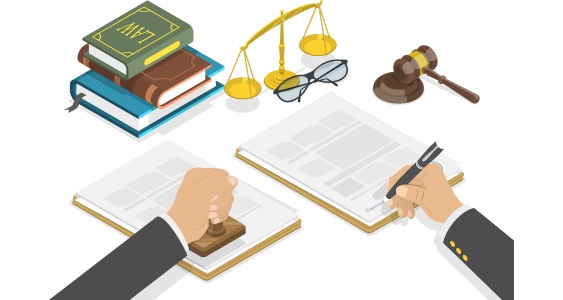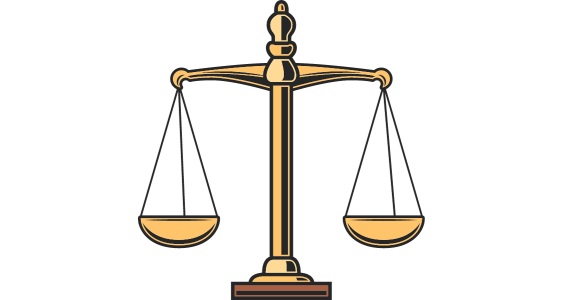Firefighting has long been a heroic profession, with those in the line of duty often facing danger to protect lives and property.
However, the very substances used to combat flames may unknowingly be posing a significant threat to the health of both firefighters and the public. Aqueous film-forming foam (AFFF), a firefighting foam containing per- and poly-fluoroalkyl substances (PFAS), has become a topic of concern due to its health hazards.
In this article, we will dive into the alarming issue of AFFF exposure, exploring its adverse effects on individuals and communities alike.
The Unseen Threat of AFFF
AFFF, widely used in firefighting, has emerged as a silent adversary, posing risks that extend beyond its immediate fire-quenching capabilities. Comprising per- and polyfluoroalkyl substances, AFFF introduces a hidden danger to both human health and the environment.
Leigh Day notes that PFAS, known as “forever chemicals” due to their persistence in the environment, have been associated with adverse health effects. Studies have linked exposure to PFAS in AFFF to developmental issues, reproductive complications, and an increased risk of certain cancers.

While AFFF effectively suppresses liquid fuel fires, the long-term consequences of its use are only now coming to light. The toxic legacy of AFFF is not confined to the initial firefighting incident; instead, it permeates soil and water sources, threatening ecosystems.
As the public becomes increasingly aware of these hidden dangers, the pursuit of justice for AFFF-exposure victims gains momentum.
The Health Toll on Firefighters
Firefighters, the frontline heroes in emergencies, face not only the immediate dangers of flames but also the insidious health risks associated with AFFF exposure.
Often exposed to PFAS through routine firefighting activities, these dedicated professionals unwittingly put their health on the line. A study published on Frontiers notes that firefighters have elevated levels of PFAS in their blood.
The toll on firefighter health extends beyond physical ailments, impacting mental well-being as the fear of long-term health consequences looms large. The legal pursuit of justice for these brave individuals hinges on recognizing the unique challenges they face.
Environmental Impact and Community Fallout
Beyond its direct impact on human health, AFFF leaves an indelible mark on the environment, triggering a ripple effect that affects entire communities.
According to Undark Magazine, the toxic chemicals present in AFFF seep into soil and water, contaminating ecosystems and endangering wildlife. Aquatic environments become reservoirs for PFAS, affecting aquatic life and entering the food chain.
Communities surrounding areas where AFFF has been used face a dual threat – potential health hazards and environmental degradation. This collateral damage raises the stakes for litigation, as victims seek justice for personal harm but also for the broader impact discussed above.
Recognizing the interconnectedness of environmental and human health is essential in building a comprehensive case against AFFF manufacturers.
Legal Landscape
Entering the legal arena to seek justice for AFFF exposure presents a unique set of challenges and opportunities. Proving causation is a formidable hurdle, as victims must establish a direct link between AFFF exposure and the resultant health issues.

Additionally, navigating regulatory frameworks, which may not adequately address AFFF-related harm, adds complexity to legal proceedings.
However, recent court decisions and an evolving understanding of PFAS toxicity provide opportunities for victims to build compelling cases.
TruLaw notes that legal experts are exploring innovative strategies to overcome these challenges, including leveraging scientific advancements and precedent-setting rulings.
As the legal landscape evolves, the pursuit of justice for AFFF exposure victims gains momentum.
Class Action Lawsuits
Amidst the complexities of AFFF exposure litigation, victims are increasingly turning to class action AFFF lawsuits as a powerful tool for collective justice. By joining forces, individuals impacted by AFFF consolidate their legal efforts, presenting a unified front against the entities responsible for their suffering.
Class action lawsuits offer several advantages, including streamlined legal proceedings, shared resources, and the ability to make a more significant impact in court.
As the number of AFFF exposure cases grows, the strength in numbers becomes a formidable force. This challenges manufacturers and distributors to be held accountable for the widespread harm caused by their products.
Holding Manufacturers Liable
The legal pursuit of justice for AFFF exposure hinges on holding corporate entities accountable for the production and distribution of this hazardous firefighting foam.
Manufacturers, aware of the potential health risks associated with PFAS in AFFF, face mounting scrutiny for prioritizing profit over public safety.
By examining internal documents, industry practices, and regulatory interactions, legal experts aim to establish a clear link between corporate negligence and the harm inflicted.
Holding manufacturers liable seeks compensation for victims while aiming to create a precedent that compels companies to prioritize safety over financial gain.
Legislative Responses and Advocacy
As the AFFF exposure crisis unfolds, the legal battleground extends beyond courtrooms to legislative chambers. Lawmakers are under increasing pressure to address regulatory gaps and implement measures that safeguard public health.
Advocacy groups play a crucial role in shaping the legislative response, pushing for regulations that restrict the use of AFFF and mitigate its impacts. Victims of AFFF exposure, alongside advocacy organizations, are actively engaging with policymakers to influence change.

The pursuit of justice extends beyond individual cases, aiming to create systemic improvements that prevent future harm. As legislative responses evolve, the collaboration between legal action and advocacy becomes instrumental in achieving justice for AFFF exposure victims.
In conclusion, the silent threat of AFFF exposure has emerged as a complex challenge necessitating a comprehensive response. The legal pursuit for justice, propelled by class action lawsuits, confronts manufacturers with accountability for prioritizing profit over public safety.
As victims seek compensation, the intertwined environmental impact and health risks faced by firefighters underscore the urgency of systemic change. The evolving legal landscape, guided by scientific advancements and precedent-setting rulings, offers hope for addressing regulatory gaps.
Concurrently, legislative responses and advocacy efforts play a pivotal role in influencing change to safeguard public health.
The collaboration between legal action and proactive measures is essential in achieving a meaningful resolution that compensates victims and prevents future harm.
See Also: Insurance Company Negotiations In Personal Injury Cases – The Role Of Skilled Attorneys










